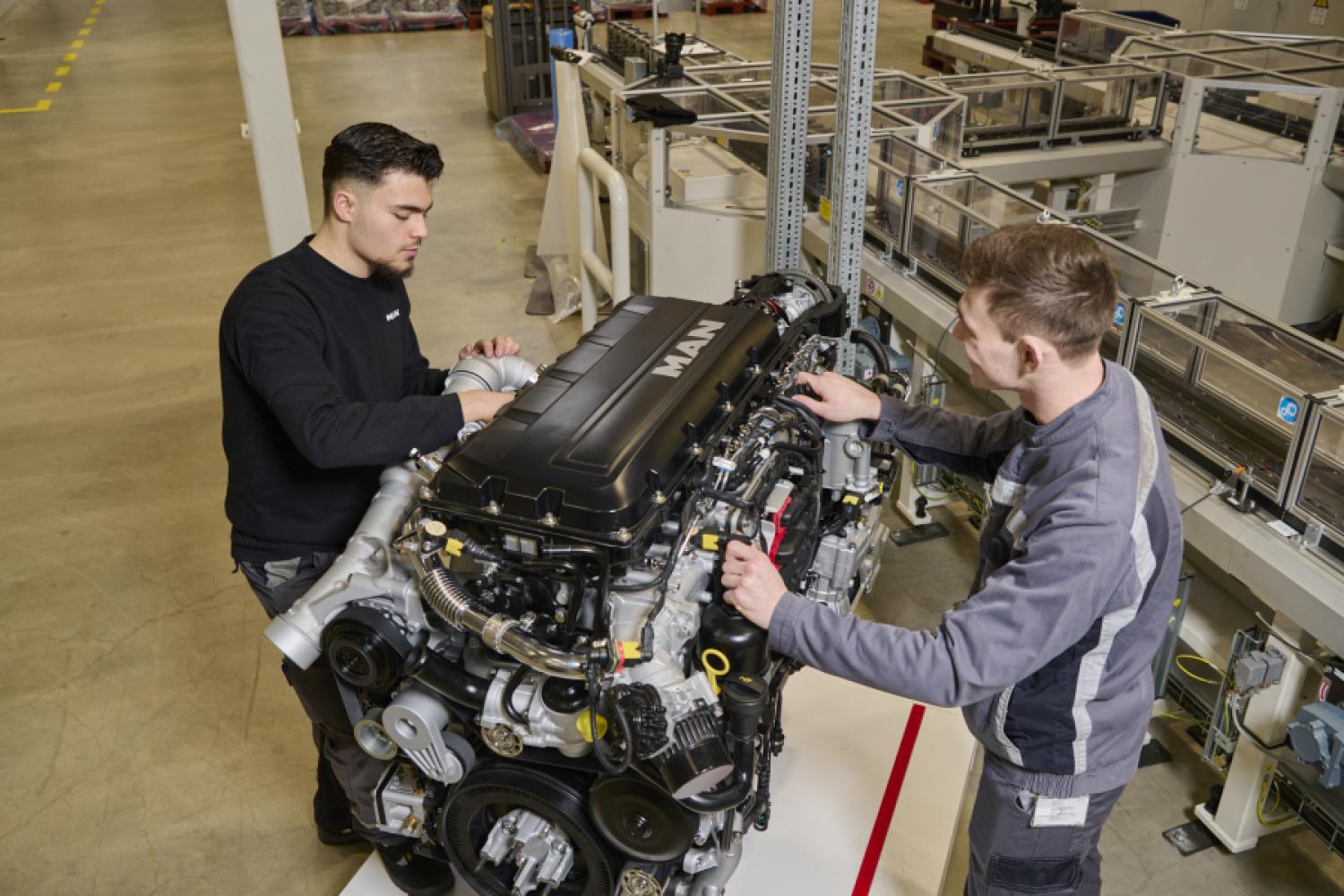A recent study by Samsara shows that distraction while driving is a serious problem for many professional drivers. 58 percent of the drivers surveyed in Germany reported at least one near accident in the past year where distraction played a role. The study is based on a representative survey of 1,550 commercial drivers in seven countries, including 250 from Germany.
The main cause is often the use of personal mobile devices.
70 percent of German drivers reported being regularly distracted by their smartphone – for example, by messages, phone calls, or social media. Work-related use also plays a role: 56 percent use their device during the drive for professional purposes.
The drivers therefore wish for targeted support from their companies. Improved communication systems (46 percent), clear safety guidelines (43 percent), and reliable navigation (41 percent) are particularly in demand. Technology for behavioral
analysis also receives approval: 49 percent are in favor of AI-supported systems that detect risky behavior and warn drivers. According to the study, dashcams and real-time feedback promote safety awareness – 96 percent confirm this.
Instead of strict rules, 86 percent of drivers prefer incentives and positive feedback. 80 percent would remain loyal to their company if it clearly committed to their safety. Trainings are already widely used: 91 percent participate
regularly, 64 percent prefer digital offerings.
“The combination of AI-supported prevention, positive reinforcement, and targeted coaching is changing everyday life on the road,” said Evan Welbourne, Head of AI & Data at Samsara.
Political initiatives are also expected: 58 percent are calling for mandatory warning systems in the driver’s cab.
The study shows: distraction is a real but solvable problem – if technology and rules are designed to be practical for






